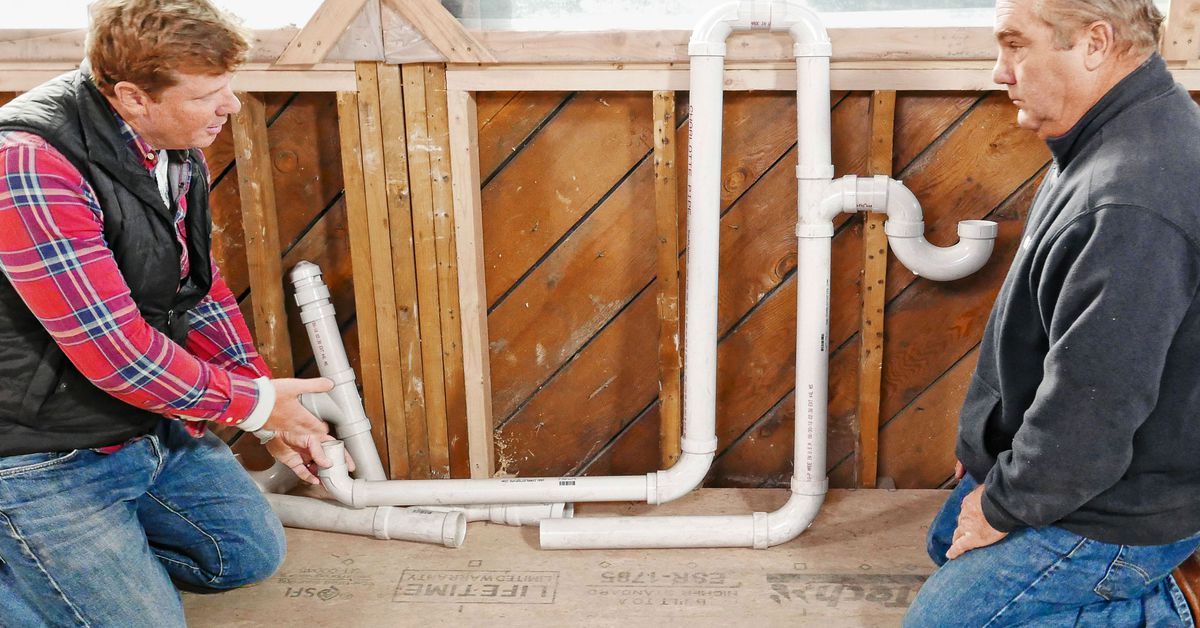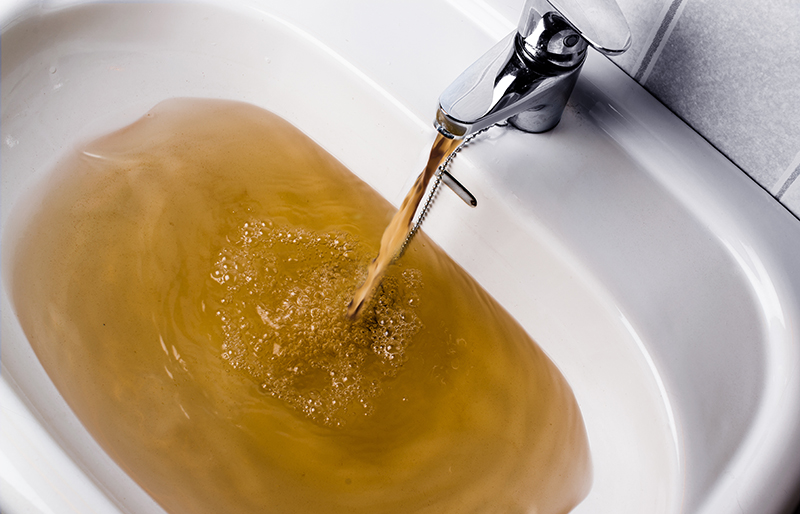Plumbing Noise Type Checklist
Plumbing Noise Type Checklist
Blog Article
Presented here in the next paragraph you will find additional brilliant help and advice in relation to Why Do My Plumbing Pipes Make A Knocking Noise.

To detect loud plumbing, it is important to establish initial whether the undesirable audios happen on the system's inlet side-in other words, when water is transformed on-or on the drain side. Noises on the inlet side have varied reasons: too much water stress, used shutoff as well as faucet parts, improperly connected pumps or other devices, improperly placed pipeline bolts, as well as plumbing runs containing too many tight bends or various other limitations. Sounds on the drainpipe side typically stem from inadequate place or, as with some inlet side sound, a design containing limited bends.
Hissing
Hissing noise that occurs when a tap is opened somewhat typically signals excessive water stress. Consult your regional water company if you think this problem; it will certainly be able to tell you the water stress in your area and also can set up a pressurereducing valve on the inbound supply of water pipeline if needed.
Various Other Inlet Side Noises
Squeaking, squealing, scraping, snapping, and also tapping usually are brought on by the growth or tightening of pipelines, usually copper ones supplying warm water. The sounds take place as the pipelines slide against loosened bolts or strike nearby residence framing. You can frequently determine the place of the trouble if the pipelines are exposed; simply follow the sound when the pipelines are making noise. More than likely you will uncover a loose pipe wall mount or an area where pipelines lie so near floor joists or other mounting pieces that they clatter versus them. Connecting foam pipeline insulation around the pipelines at the point of call must remedy the trouble. Make sure bands as well as hangers are safe and also supply adequate support. Where feasible, pipeline bolts need to be attached to large structural components such as foundation wall surfaces instead of to mounting; doing so reduces the transmission of resonances from plumbing to surfaces that can intensify and also transfer them. If attaching bolts to framing is unavoidable, wrap pipes with insulation or various other durable product where they contact fasteners, and sandwich completions of brand-new bolts between rubber washers when mounting them.
Remedying plumbing runs that suffer from flow-restricting limited or many bends is a last option that should be embarked on just after consulting an experienced plumbing specialist. Sadly, this situation is fairly usual in older houses that might not have actually been constructed with indoor plumbing or that have actually seen several remodels, specifically by beginners.
Babbling or Shrilling
Extreme chattering or shrilling that takes place when a shutoff or tap is switched on, and that typically disappears when the fitting is opened fully, signals loosened or malfunctioning inner components. The option is to replace the shutoff or faucet with a new one.
Pumps and appliances such as washing machines and also dish washers can move motor noise to pipes if they are improperly attached. Connect such things to plumbing with plastic or rubber hoses-never stiff pipe-to isolate them.
Drainpipe Sound
On the drain side of plumbing, the chief goals are to remove surface areas that can be struck by falling or rushing water and also to shield pipelines to include unavoidable sounds.
In brand-new building and construction, tubs, shower stalls, toilets, and also wallmounted sinks as well as containers must be set on or against resilient underlayments to lower the transmission of noise with them. Water-saving toilets and also faucets are less loud than traditional models; install them instead of older types even if codes in your area still allow utilizing older fixtures.
Drains that do not run vertically to the basement or that branch right into horizontal pipe runs sustained at floor joists or other framing existing especially troublesome sound problems. Such pipelines are big enough to emit significant resonance; they likewise carry substantial quantities of water, that makes the situation even worse. In new building, specify cast-iron dirt pipes (the huge pipes that drain bathrooms) if you can afford them. Their enormity contains a lot of the noise made by water travelling through them. Likewise, stay clear of directing drains in walls shown to bed rooms and also spaces where individuals gather. Wall surfaces containing drains should be soundproofed as was explained previously, utilizing dual panels of sound-insulating fiberboard and also wallboard. Pipes themselves can be covered with unique fiberglass insulation produced the objective; such pipes have a resistant vinyl skin (often containing lead). Outcomes are not constantly satisfying.
Thudding
Thudding sound, frequently accompanied by shivering pipelines, when a faucet or device valve is shut off is a problem called water hammer. The noise as well as resonance are caused by the reverberating wave of stress in the water, which suddenly has no place to go. Often opening up a valve that discharges water swiftly right into a section of piping including a constraint, elbow, or tee fitting can generate the exact same problem.
Water hammer can usually be healed by mounting fittings called air chambers or shock absorbers in the plumbing to which the issue valves or faucets are linked. These tools permit the shock wave created by the halted circulation of water to dissipate airborne they contain, which (unlike water) is compressible.
Older plumbing systems may have short upright areas of capped pipeline behind walls on faucet runs for the same function; these can ultimately loaded with water, reducing or destroying their efficiency. The remedy is to drain the water supply entirely by shutting down the main supply of water shutoff and also opening up all taps. Then open the primary supply valve and also close the faucets one at a time, starting with the faucet nearest the valve as well as finishing with the one farthest away.
If Your Plumbing is Making These Sounds, There’s a Problem
A Bang or Thump When You Turn Off a Faucet
If a loud bang or thump greets you each time your turn off running water, you likely have a water hammer. A water hammer occurs when the water velocity is brought to a halt, sending a shock wave through the pipe. It can be pretty jarring — even worse, damaging to your plumbing system. All that thudding could loosen connections.
Strange Toilet Noises
You’re so familiar with the sounds your toilet makes that your ears will be attuned to anything out of the ordinary. Fortunately, most unusual toilet noises can be narrowed down to just one of several problems.
Foghorn sound:
Open the toilet tank Flush the toilet When you hear the foghorn noise, lift the float to the top of the tank If you’re ambitious, you can remove the ballcock valve and disassemble it to replace the washer. Or you can more easily replace the ballcock valve entirely. This device is relatively inexpensive and available at most any hardware store.
Persistent hissing:
The hissing following a flush is the sound of the tank filling. It should stop once the tank is full. But if the hissing continues, it’s likely because water is leaking out of the tank. The rubber flap at the bottom of the tank can degrade, letting water slip through and into the bowl. That’s why the tank is refilling continuously. Fortunately, this is an easy fix:
Cut the water to the toilet by closing the shutoff valve on the water supply line. Flush the toilet to drain the tank. Disconnect the flapper Attach the new flapper Gurgling or bubbling:
Gurgling or bubbling suggests negative air pressure in the drain line, likely resulting from a clog. As air releases, it causes the water in the toilet to bubble. This could either be a minor issue or a major one, depending on the clog’s severity. Clogs can be caused by toilet paper or more stubborn obstructions such as tree roots. If you can’t work out the clog with a plunger, contact a professional plumber for assistance because a clog of this magnitude could lead to filthy and unsanitary sewage backups in your sink bathtub.

Do you appreciate reading up on Why Do My Pipes Make Noises? Make a remark below. We will be delighted to hear your opinions about this posting. We hope that you come back again in the future. So long as you enjoyed our article plz make sure you remember to share it. I cherish reading our article about Why Do My Plumbing Pipes Make A Knocking Noise.
View Report this page